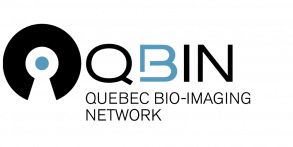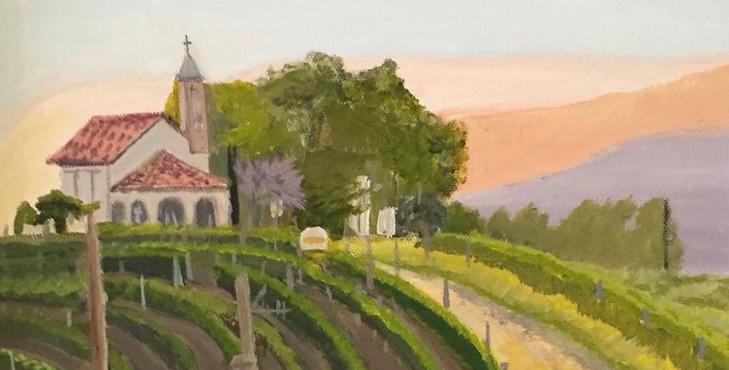By Giulia Baracchini / 2022-03-31
(Cover image by Clarissa Buttarazzi, daughter of Mrs. B.)
And up we went, he [Virgilio] first, I [Dante] second, to
The point where I could see an opening.
And it was there I saw, when I looked through,
A sight more wonderful than anything –
We could see the stars again.
(Dante Alighieri, La Divina Commedia – Inferno, Canto 34)
How many times have you asked yourself whether your research has a broader impact on society? After all, we are using public money for the public good. Just like Dante, our goal is also to find an “opening” after weeks, months, years of intense work, and see the translation of our research into real-life impact, whether it is by influencing policy, helping diagnosis, or directly improving someone’s quality of life. Isn’t this what brings many of us to do research in the first place? So then, why is it so hard to quantify the impact of our scientific endeavours?
I believe the answer to this question is silos science – doing science as single individuals. Collaborative science is what accelerates scientific discovery, knowledge dissemination and societal impact. If Dante didn’t have his guide and best buddy, Virgilio, he would still be lost in the wild dark forest with no stars in sight.
I recently sat down with a few prominent neuroscientists who are members of both QBIN and the Transforming Autism Care Consortium (TACC) network. I wanted to get a sense of the state of the art in autism bio-imaging research and what the motivating factors and benefits are behind collaborative science and inter-network initiatives in Quebec. What I learned from my conversations with Prof. Mayada Elsabbagh, TACC’s co-director, and Profs. Boris Bernhardt and Mallar Chakravarty, is that as soon as we, scientists, come together and view science as a collective effort, we immediately create our own opening to see the stars.
Another key message that emerged from my conversations is the importance of fostering more dialogue between researchers, clinicians and the community at large. Community involvement is a pillar of both TACC and QBIN, so in addition to my conversations with scientists, I also reached out to a close family friend of mine (Mrs. B.), who is the mother of an autistic young adult. I wanted to get her take on what it is like to be a caregiver of someone with autism, and on what can be done, on our end, to improve the lives of autistic individuals.

